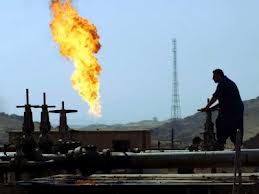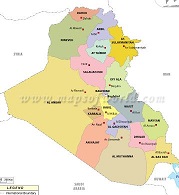Key findings:
- BRI finance and investments stabilized in 2021 at US$ 59.5 billion (compared to US$ 60.5 billion in 2020);
- No coal projects received financing or investments in 2021;
- Green energy finance and investments in the BRI slightly increased to a new high in 2021 at US$6.3 billion (compared to US$ 6.2 billion in 2020);
- Oil-related finance and investments in the BRI expanded from to US$ 6.4 billion in 2021 (compared to US$ 1.9 billion in all of 2020);
- Share of investments in China’s BRI engagement in 2021 shrank to low point, share of construction contracts (often financed with Chinese loans) increased;
- Strong shift of BRI engagement towards African and Middle Eastern countries
- Iraq was the largest beneficiary from China’s BRI in 2021, with about US$ 10.5 billion in construction contracts;
- Chinese BRI financing accelerated particularly in the health and utilities sectors (yet at low total levels);
- In global comparison, BRI investment trends underperformed global trends of FDI into emerging markets, which increased by 30% (including FDI into China);
- For 2022, we expect Chinese BRI engagement to accelerate with a focus on transport in Asia, resources and other strategic assets (e.g., ports);
For 2022, we continue to see better opportunities in investing in smaller projects that are faster to implement (e.g., solar, wind) and an opportunity to scale back large and often loss-making projects (e.g., coal);
- For the 2022, we expect an acceleration of green projects, also due to the “Guidelines for Greening Overseas Investment and Cooperation” issued in July 2020, and the “Guidelines for Ecological Environmental Protection of Foreign Investment Cooperation and Construction Projects” issued in January 2022, both issued by the Ministry of Commerce (MOFCOM) and the Ministry of Ecology and Environment (MEE). Both Guidelines call for application of stricter and if necessary international environmental standards;
- For 2022, we see more competition for development finance through US-supported B3W and the EU’s “Global Gateway” strategies, which can provide opportunities for tripartite cooperation and financing.
Download full report








Comment here